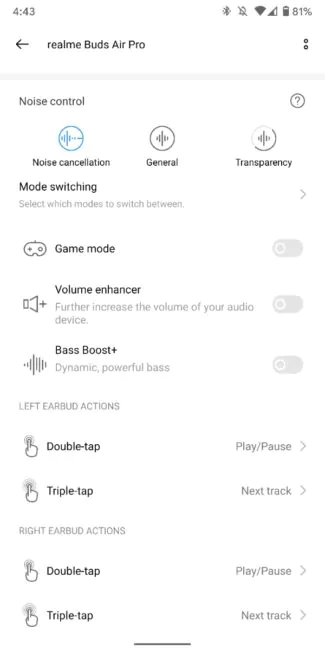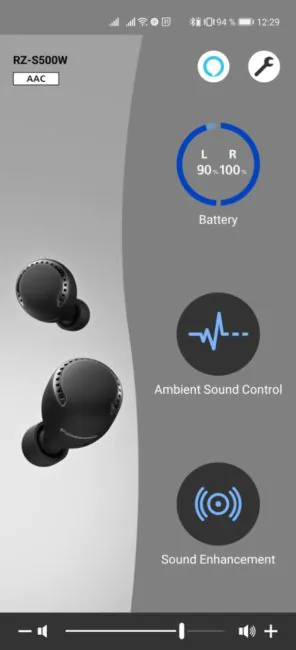© ROOT-NATION.com - Use of content is permitted with a backlink.
In this article, I will summarize the results of testing fully wireless earbuds in 2020. Of course, my experience cannot cover absolutely all devices, so I will only consider those TWS models that I have personally used. Nevertheless, quite a lot of earphones from different manufacturers passed through me and for this article I tried to choose only the models that I used myself (and I continue to use).
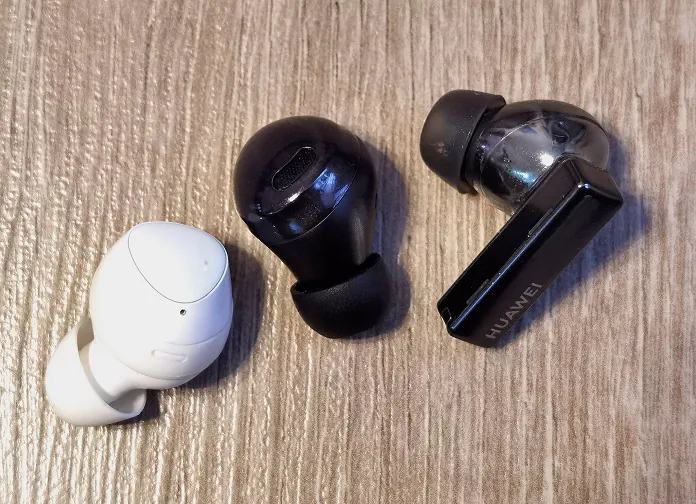
I will tell you why it is worth choosing this or that model, by what criteria they should be evaluated and compared. I will also discuss achievements and trends of the personal wireless audio industry. I hope this will be an interesting and useful material that will ultimately help you make an informed choice. Even if it is not on my list, after reading the article, you will understand the general criteria and assessment methodology, and I hope you can adopt it yourself.
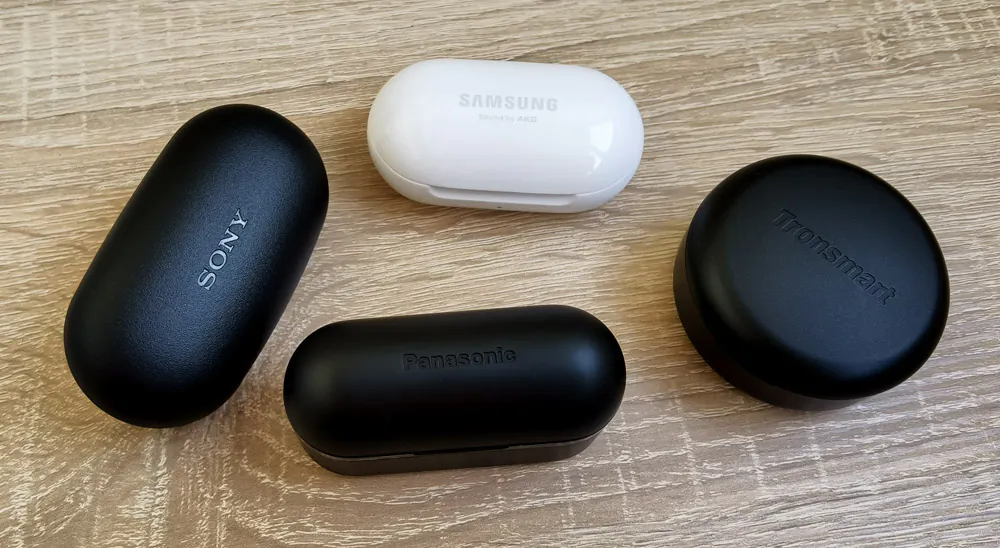
Participants
So, I present to you my list of the best TWS in the mid-budget and flagship segments (not to confuse the latter with the audiophile segment, prices are much higher there), which will take part in this comparison, with links to reviews, of course:
- Samsung Galaxy Buds+
- Samsung Galaxy Buds Live
- Tronsmart Apollo Bold
- Huawei FreeBuds 3
- Huawei FreeBuds 3i
- Huawei FreeBuds Pro
- Panasonic RZ-S300W
- Panasonic RZ-S500W
- Sony WF-XB700
- Realme Buds Air Pro
I also have the newest headset from Samsung, Galaxy Buds Pro. And I also include it in this chart, despite the fact that I am still testing this model and preparing a separate review in which I will compare the new product a little with its closest competitors and the previous model, Galaxy Buds+.
UPDATE: Samsung Galaxy Buds Pro review: TWS earbuds with unique features and a couple of compromises
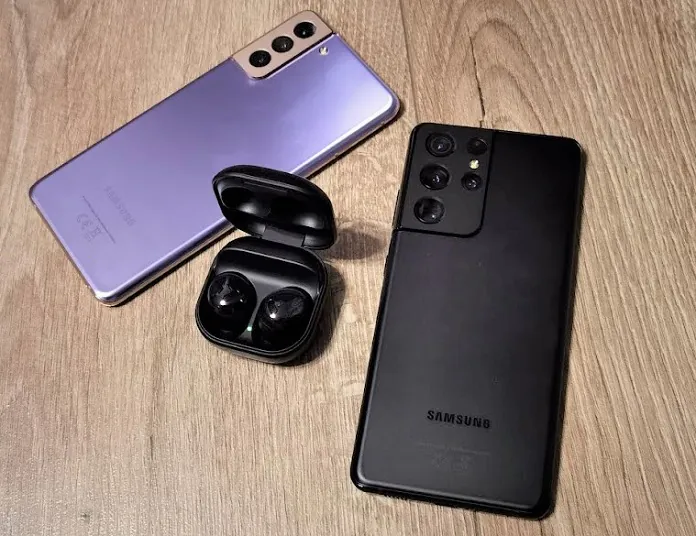
At first, I didn’t want to add the new earbuds to the current big comparison, as I was waiting for the manufacturer to release several firmware updates in order to fully unleash the potential of the hardware. And I did receive several updates during testing. At the moment, the software still seems a little raw, but apparently this is the final version of the firmware right now. In due time I will tell you about this model in detail, but now I will just give it preliminary ratings according to the general criteria.
But first, a small introduction.
Main features of modern wireless earbuds
The market for fully wireless earbuds is currently at its peak. This is not surprising. In 2020, demand finally met supply and merged into the ecstasy of product diversity on a wave of love and understanding.
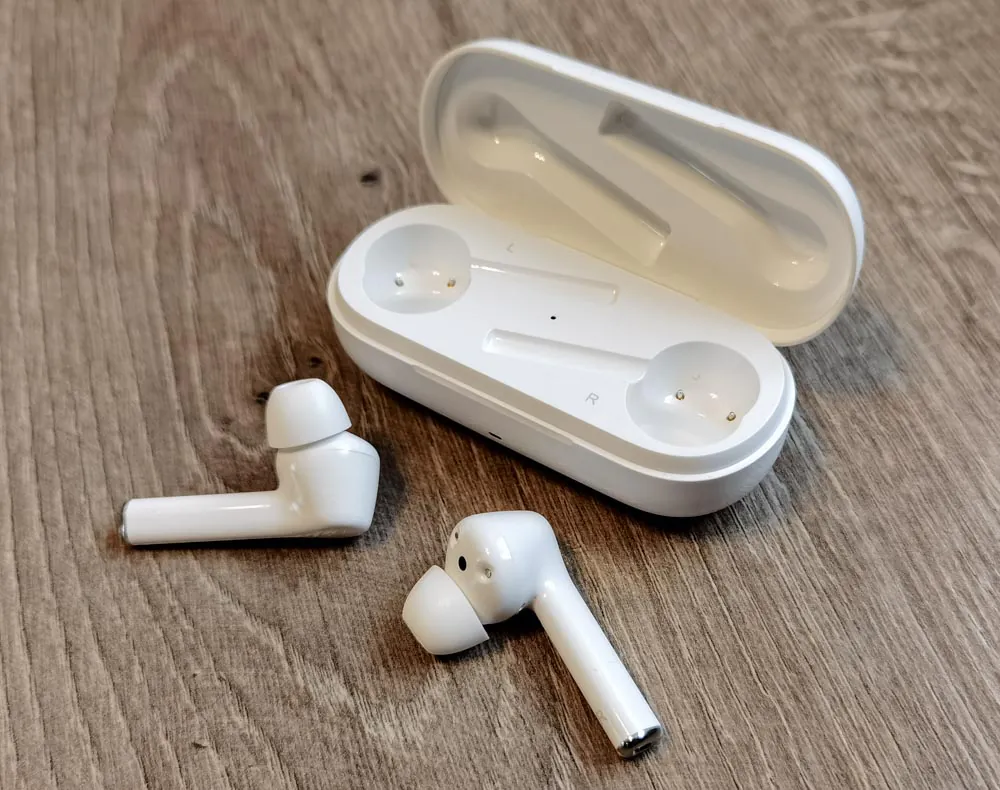
Smartphone manufacturers have almost completely gotten rid of 3.5mm audio jacks in flagship devices, and this trend is gradually shifting to the mid-range and budget segments. Thus, more and more smartphone buyers are abandoning wired headphones and looking towards wireless solutions, because they are more compact and convenient to use.
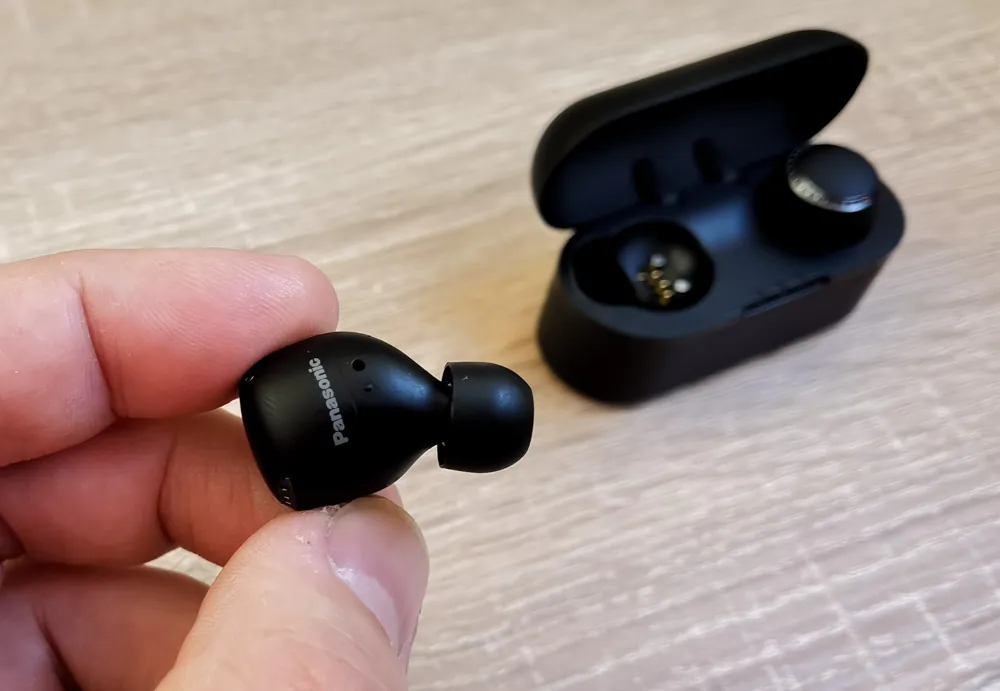
And most importantly, TWS manufacturers, in synergy with chip makers, were able to bring to the market a lot of relatively inexpensive models with unprecedented functionality. In parallel with the continuing miniaturization and falling prices for devices over the past year, the sound of headsets has been significantly improved, there has been a real breakthrough in voice transmission, delays have been almost eliminated, the antennas have been improved as well, and the battery life is also better. Usually, each new TWS model is better than the previous one, which also drives up the demand for these products.
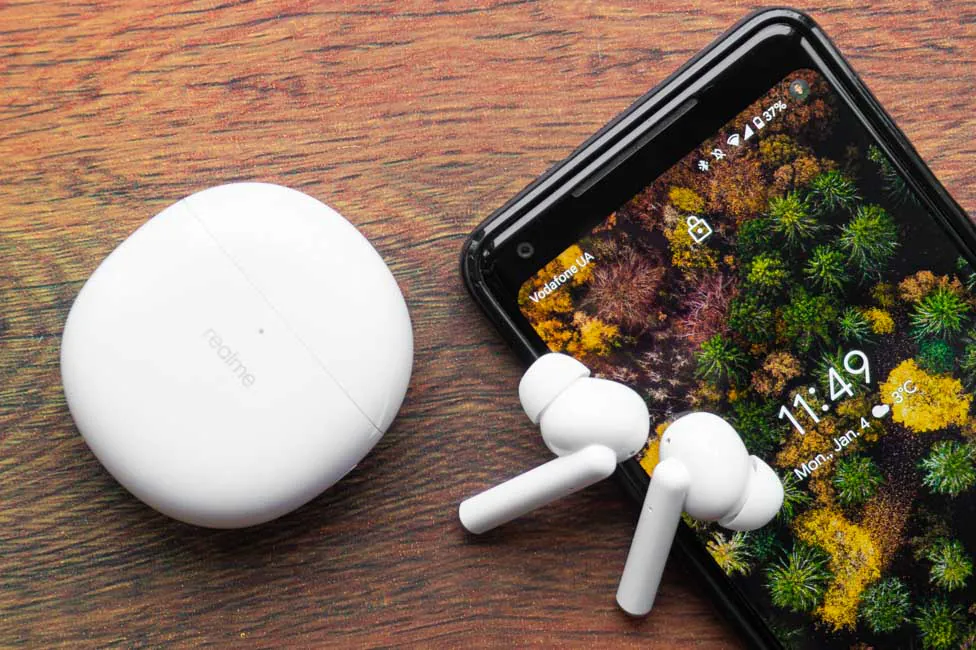
Therefore, to begin with, I want to share a little generalized theory. What components and functions, in my opinion, should be present in modern fully wireless earbuds.
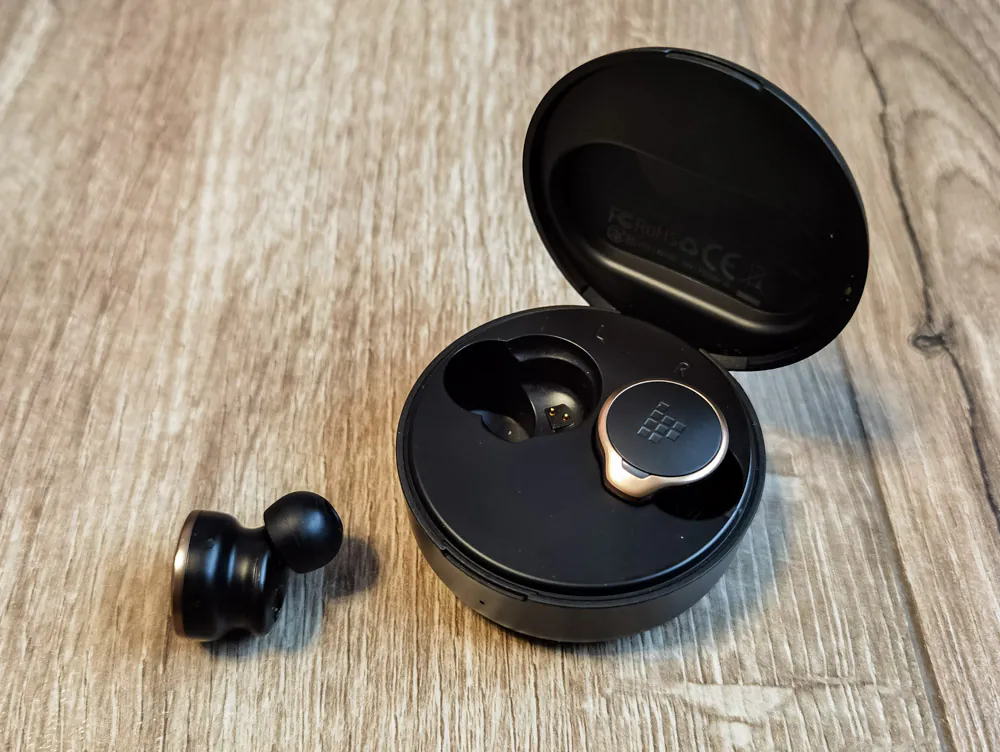
Active Noise Control (ANC)
Last year, active noise control finally moved to the mid-range segment. The technology itself has also been significantly improved thanks to new chips – in addition to the fact that all manufacturers have increased the absolute level of noise control, now noise control does not significantly degrade the sound quality of music and, on the contrary, improves the depth and volume of sound. So now it’s not just an option for noisy environments. I use TWS with ANC activated all the time, even in a quiet room, because the sound is just better.
Ambient awareness modes
Thanks to ambient awareness modes the sounds around you are picked up by external microphones and mixed into the sound of the music. Sound transmission is often accompanied by an increase in external sounds, and its level can be adjusted in the app.
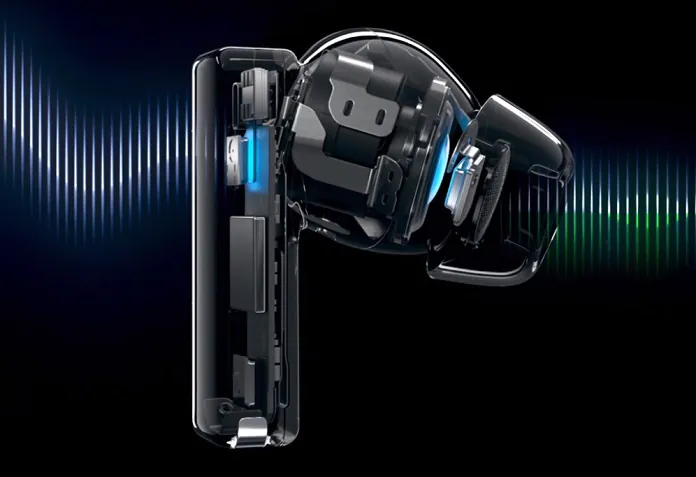
This is especially useful on a busy street for safety reasons. Another advantage is the ability to communicate with people without taking the headphones out of your ears, simply by pausing the music and activating the ambient sound.
Internal mics
When I talked about the breakthrough in voice quality, I meant primarily the use of a third internal microphone in each earbud. Traditional noise control for voice communication is based of an array of two external microphones, one of which picks up the owner’s voice, while the second picks up the ambient noise, which is then cut out from the transmission by software. But the problem is that part of your voice spectrum is lost along with the noise. Moreover, the louder the external noise, the worse you will be heard.
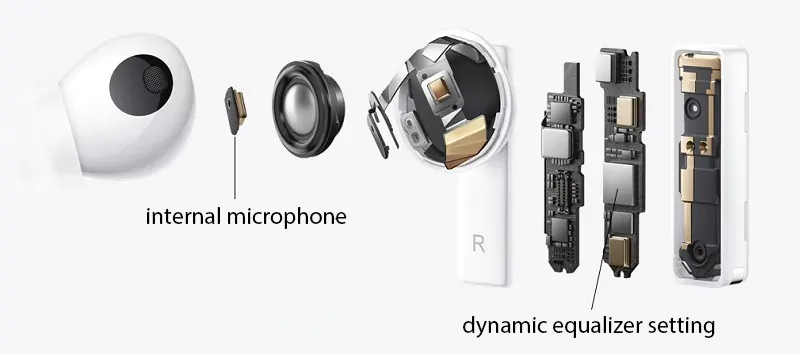
The third microphone listens to you through your ear, behind a silicone ear tip, where there is almost no noise. Try to close the ear canals with your fingers, the surrounding noise becomes noticeably less audible, right? Now try to say something. You will hear yourself as if from within, through the vibration of the vocal cords. In fact, these are exactly the sounds that the third internal microphone picks up.
Bone conduction sensors
As for bone conduction sensors, this is a fairly new solution of the second half of 2020. It can be seen as the next step in improving voice quality.

In fact, this is a continuation of the idea of a third microphone in a more advanced implementation. A bone conduction sensor picks up your voice through contact with your body (the inside of your ear).
As far as I am aware (I could be wrong, since the industry is developing rapidly and new models are released almost every day), at the moment bone sensors are used only in 3 models and they all participate in my comparison: Samsung Galaxy Buds Live, Galaxy Buds Pro and Huawei FreeBuds Pro.
Modern codecs
Even though the standard SBC Bluetooth codec isn’t really as bad as many users think, it still has a number of drawbacks. Let’s start with the fact that it is quite old, although it has maximum compatibility, therefore it is supported by absolutely all devices and its implementation has been seriously improved in modern chips. However, keep in mind that the SBC was designed from the ground up for voice, not music. This is why we need to use more modern codecs tailored for music. Codecs like AAC and aptX (aptX HD, aptX Low Latency, aptX Adaptive).
I don’t want to go into details, as this is the subject of serious research, but take my word for it, AAC and aptX that are now the most common and optimal codec options for the average user. They bring the quality closer to the Hi-Res standard. And they are most often used by manufacturers of wireless audio devices at the moment.
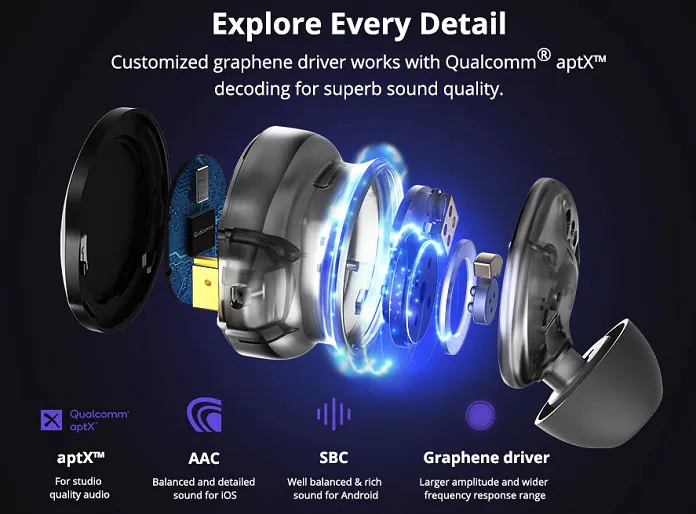
I personally prefer aptX, as this proprietary codec guarantees consistent results regardless of the smartphone manufacturer. At the moment, Qualcomm owns the patent, so the codec is automatically supported by all smartphones on SoC Snapdragon. Although other manufacturers often patent support for the codec and use it in their smartphones. But the implementation of AAC can be different and the quality of sound transmission depends on the manufacturer of the device (chip). For example, in some cases, SBC streaming may sound better than AAC.
Nevertheless, AAC is used by default in iPhones (it is implemented well and is not inferior to aptX), and most Android smartphones in the last few years have also been released with support for this codec. Overall, you will hardly notice a difference in the sound using any of the codec I mentioned, but my personal preferences when choosing wireless audio devices are: aptX, AAC, SBC.
Playback controls
Yes, I am aware that you can control playback from a smartphone or watch/fitness tracker, but I prefer to do it using earbuds themselves. Moreover, it is better if there’s full control – playback, switching tracks, noise control modes, volume, voice assistant and call controls. And it seems to me that having full control is an important factor for the comfortable use of any wireless earphones. Sensors or mechanical buttons is a controversial issue, and both options suit me, but the implementation must be convenient.
Simultaneous connection
Simultaneous connection of both earphones to a smartphone is a relatively fresh feature introduced in 2020. Unlike sequential connection, when the first earphone is connected to a smartphone and becomes the master, and then the second is connected to it, parallel (synchronous) connection improves the reliability of the connection, eliminates interruptions and reduces delays.
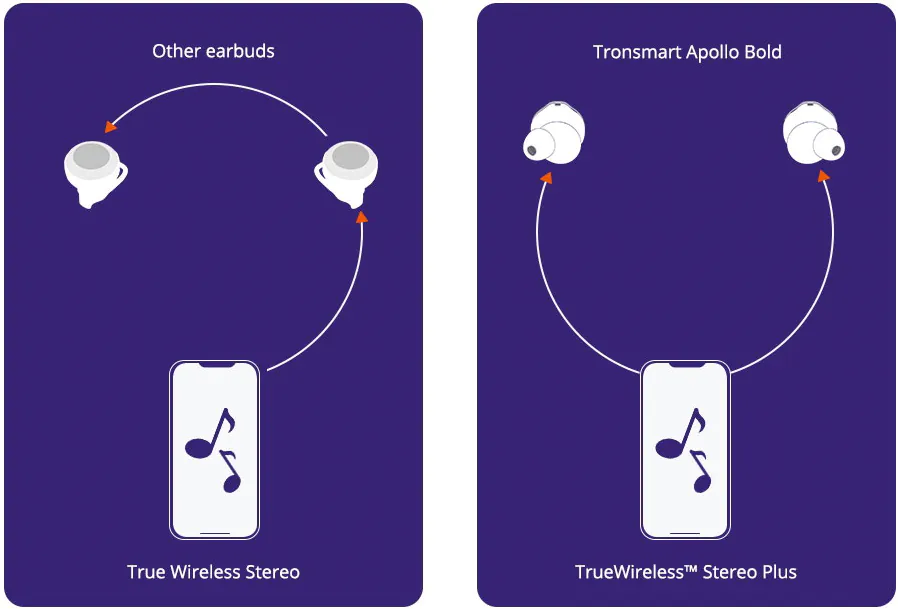
Reliability of connection
Of course, an important aspect is the reliability of the connection, because no one likes it when the music stream is interrupted. And in this regard, I also saw steady progress in 2020.
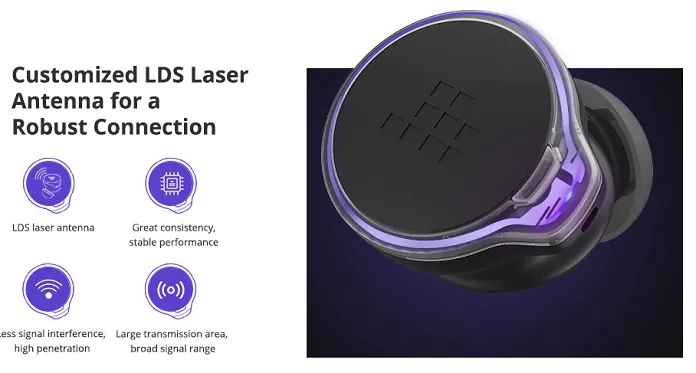
There are many reasons for this improvement, besides simultaneous connection I mentioned above. The most obvious is the transition to the new Bluetooth 5.x standard. There is also a general improvement in the radio component of headsets, with more and more manufacturers claiming more reliable omnidirectional and LDS antennas. In general, the connection radius has been increased, interference has been decreased, and the overall reliability of the connection has been increased.
Battery life
This factor also cannot be disregarded. Of course, a lot depends on the usage scenario. Lots of people use earbuds on their way to and from work or on short runs. And 2-3 hours of battery life is enough for such users. But if you are on a long journey, then 5-7 hours will definitely not hurt. Some models, including those from my comparison, offer more than 10 hours of music on a single charge. And the overall autonomy, taking into account the case, has grown on average to 20-30 hours. But in any case, you need to understand for what scenarios you are purchasing earbuds.
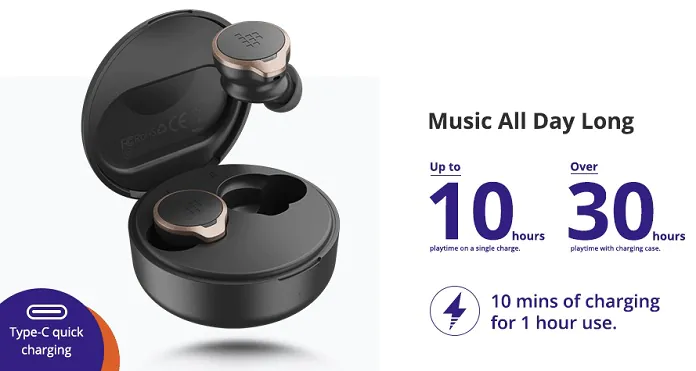
Comparisons
Design, materials, case
There’s no accounting for taste, of course. But in this case, I estimate how much I like the design, and rate the quality of materials and coating, build quality, sturdiness etc.

You can read more about all the pros and cons of charging cases for each model in the respective sections of the reviews, and the links from the table will lead you straight there.
Ergonomics of the case
In this section, I evaluate the usability of the case. How compact it is, and most importantly, does it allow you carry the earbuds in the smallest and tightest of pockets. How easy it is to determine the correct position by touch (in the dark), how convenient it is to open the case and whether it possible to do it with one hand.
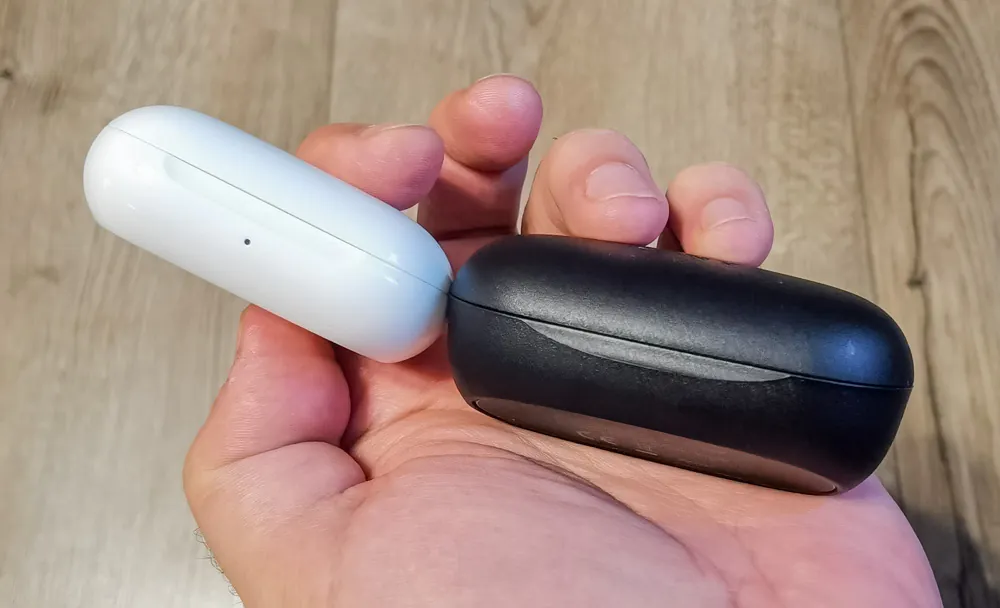
In addition, the ratings take into account how easy and quick it is to remove the earphones from the their place and put them back. Read more in the reviews.
Charging the case
Everything is simple here. Models equipped with a wireless charging module receive the maximum score. They rest can only be charged with a cable via the USB Type-C port.
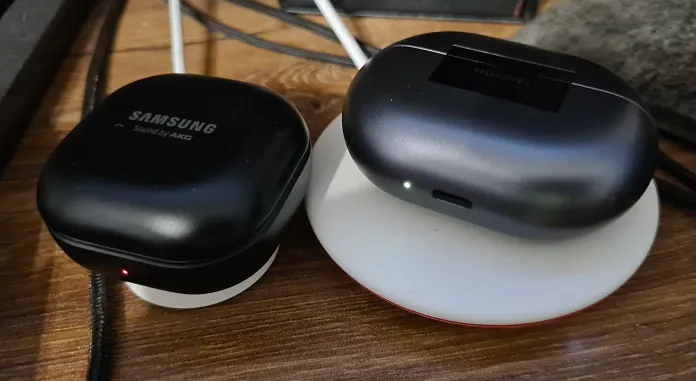
The good news is that none of the models on the list have an outdated microUSB.
Ergonomics of earphones
This is subjective, and you have the right to disagree with my opinion, but I am deducting a point for the AirPods-esque stick shape. The reason is that it is uncomfortable for me to use such headsets in winter while wearing a hat or a thick hood, and I also do not like them because I cannot lie on my side with my ear to the pillow.
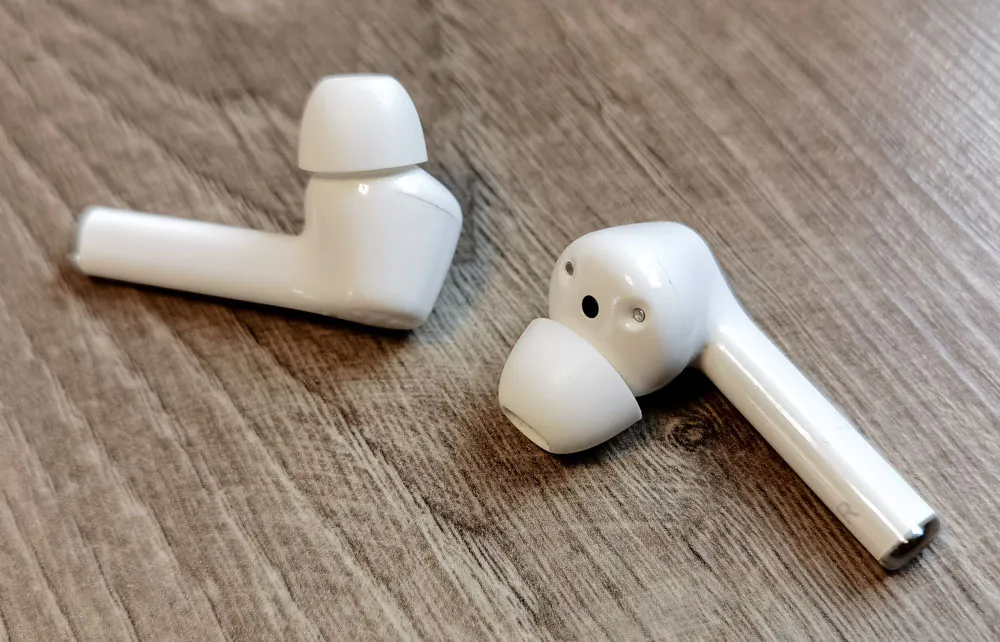
Next, I rate the overall usability. How comfortable are the earbuds in the auricle, how well do they sit, whether they fall out with sudden movements and how long can you use the earphones without noticeable discomfort. For details, follow the links.
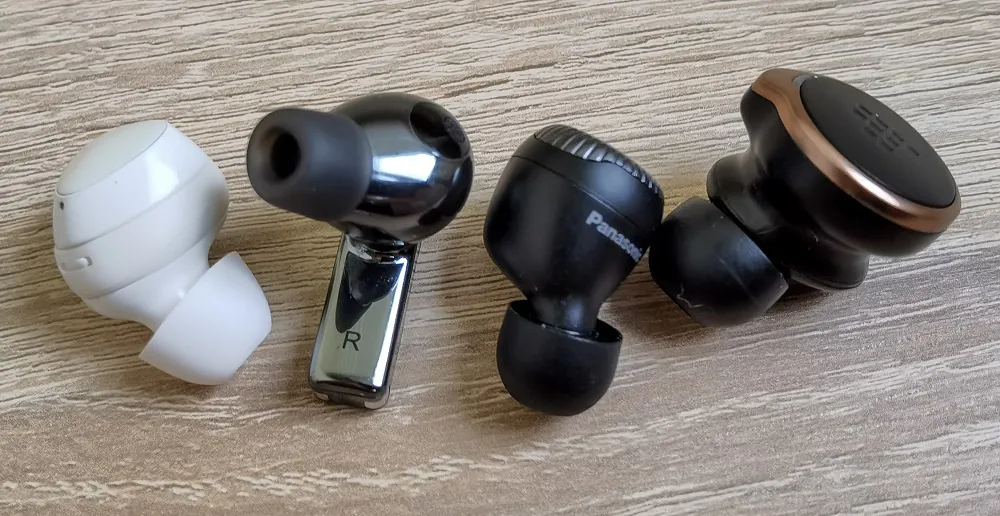
Again, the estimates are based on my personal feelings, so I’ll give you the opportunity to play around with the numbers on your own, if you don’t agree with them. Look for the link to the table at the end of the text.
Controls
Basically, all the buds on my rating are equipped with touch controls. Some models also use accelerometers to perform certain actions. The FreeBuds Pro has a compression-sensitive “stick”. And only one model from Sony has mechanical buttons.
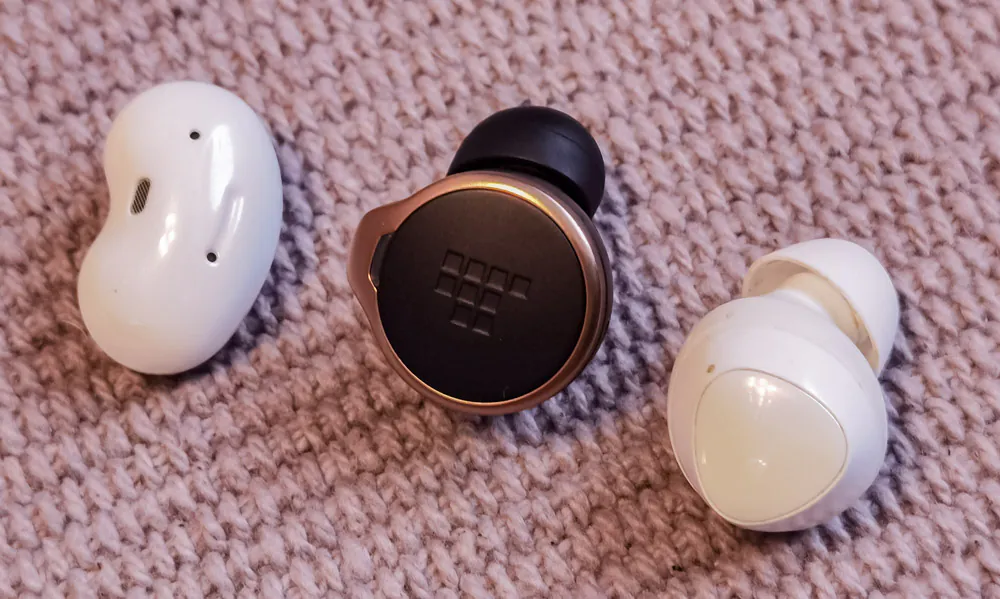
But I value first of all the convenience and reliability, and not the implementation method. Personally, complete control is important to me, and by that I mean that all actions should be performed on the earbuds, without exceptions. The simplicity of the control scheme is taken into account, of course. An important element is the proximity sensor with auto-pause; if it is absent, I also deduct points. For details welcome to the links to the reviews.
Connection
At first glance, this section does not require any special explanations. Let’s just see how reliably the buds connect to the smartphone, especially with interferences, increasing the distance to the main device, and the presence of obstacles.
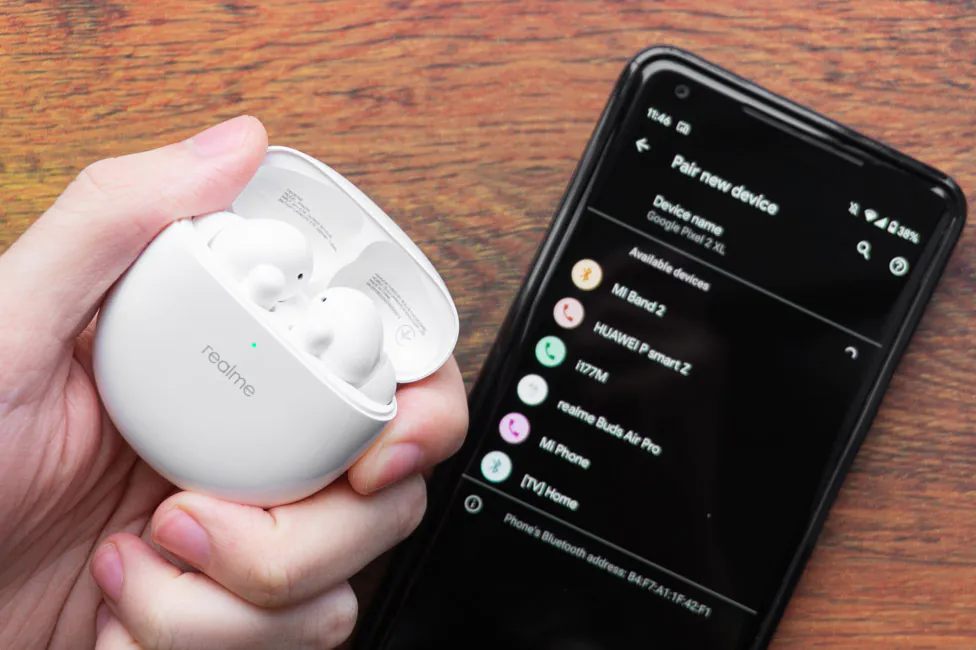
But not everything is so obvious. For example, Samsung models perform better when paired with smartphones from the same brand. They work worse with third-party gadgets. Therefore, I also try to take into account the aspect of compatibility with different devices when giving an assessment.
Delays
Evaluation of how comfortable it is to watch videos and play games using specific wireless buds and how the audio stream matches what is happening on the screen. Very often, to reduce the delay in the headset software, you need to enable a special mode. For details read the reviews.
Sound quality
This moment is of course the most subjective. But it is necessary to evaluate the sound somehow. I will say right away that at a basic level, all these earbuds sound fine to me, so you are unlikely to be disappointed after buying any model. But still there are differences – somewhere there is more bass, somewhere the higher frequences are more clear. Again, the volume, juiciness and detail are slightly (or dramatically) different. In addition, the perception of music strongly depends on the genre and firmware (both smartphone’s and headphones’), the choice of effects and the equalizer settings.
Read also: How to Choose the Best Eartips for In-Ear Earbuds – And Why It’s Important
I tried to evaluate the musical parameters of each TWS model in terms of the best balance of performance with software sound enhancement turned off completely. But if something does not suit you, you can always adjust the character of the sound according to your preferences; you can increase or decrease any frequencies or apply effects to improve the scene. This way even the models from the lower positions of the rating might rival the leaders in sound quality. In reality, the differences in sound quality are barely perceptible. All these buds sound fine.
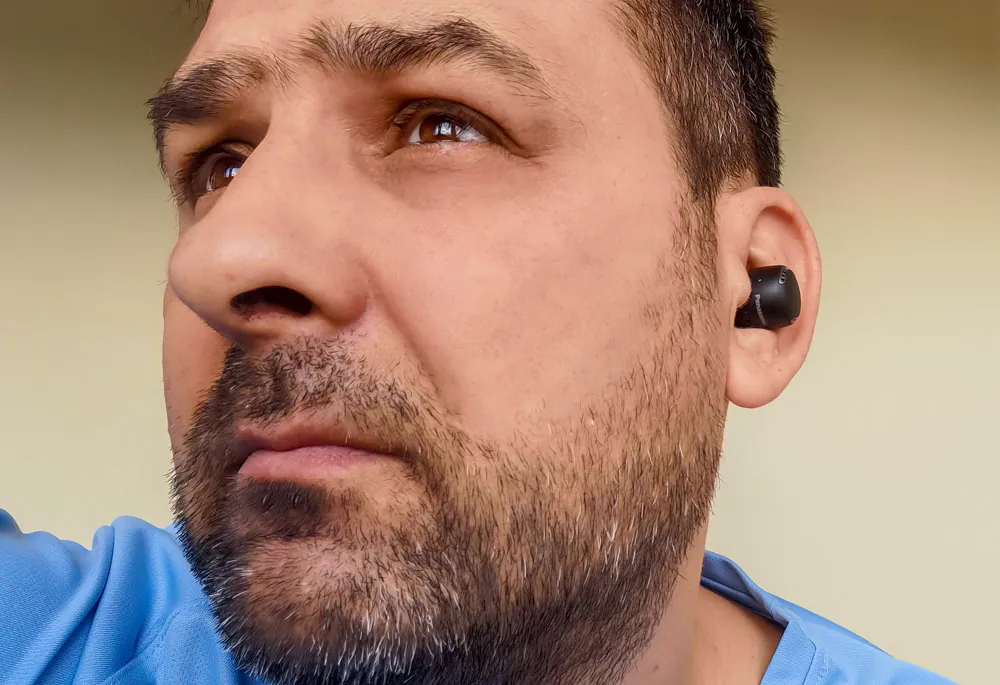
And one more thing – I lowered the rating of open-back earbuds since they are too dependant on the ear type. As soon as the buds shift, the quality changes.

For example, the Huawei FreeBuds 3 move along with me to some average position, losing sealing and with it the bass and highs, forcing me to hear mainly the mid frequencies. And in the case of the Galaxy Buds Live, I only got great treble when I pressed down on the back of the earphones. Consider these points when buying.
Voice quality
Let’s see how good are these earbuds for communicating. I will say right away that almost all models (except for Sony) are equipped with internal microphones, and bone conduction sensors are installed in three models.

When assessing, I did not take into account the specs (this section will be below), but only the final result. With any of these buds, the interlocutors will hear you, even in a fairly noisy environment. But the quality of the microphones is still different. This is reflected in the timbre of the voice, how natural, crisp and detailed it is. Details are in the reviews on the links.
Battery life
It would seem that everything is simple, the more the better, but no. When buying, you should decide what is more important to you – the absolute autonomy of earbuds (long work on a single charge) or the overall autonomy, taking into account the periodic charging of the headphones in the case; in other words, if you need earbuds for long trips or for jogging, walking, and other short-time activities. Although there are balanced options, for example, Tronsmart Apollo Bold, Huawei FreeBuds Pro or a cheaper model from Panasonic.
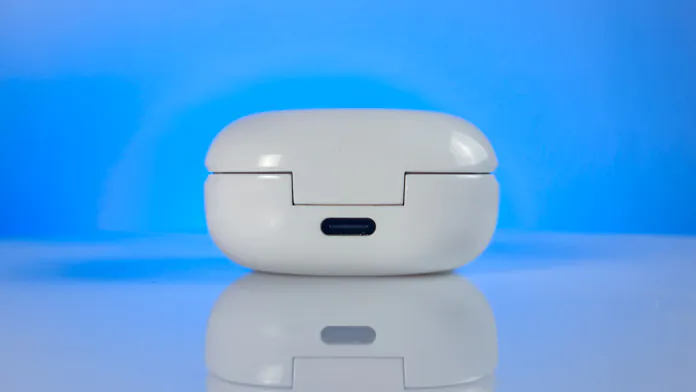
In addition, the battery life of earbuds very much depends on your usage model – how often you use ANC or ambient mode or talk on the phone. For example, at the top we have the first 2 models without active noise control. Remember, you will always pay for additional functionality with worse battery life.
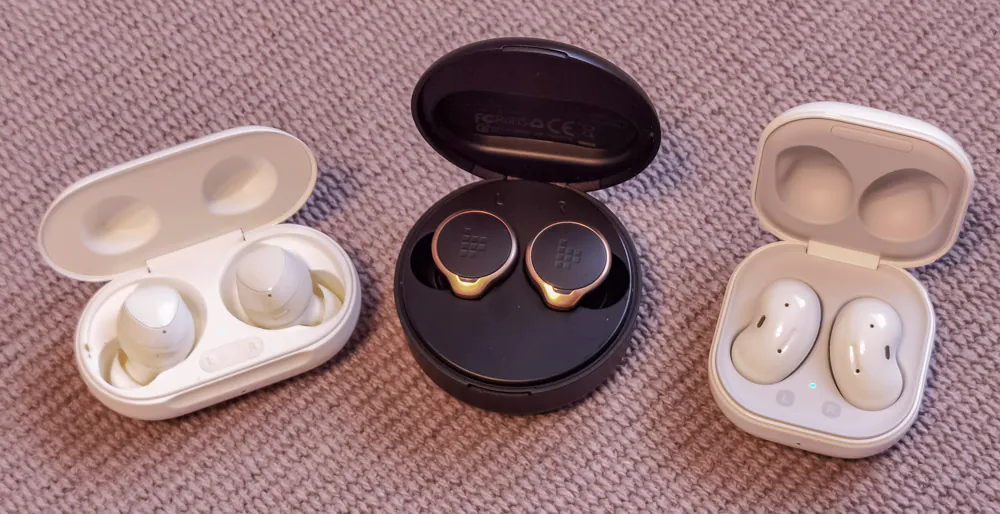
In order for you to be able to compare all the parameters on your own and choose an acceptable option for yourself, I made an extended table with two main characteristics (averaged indicators) and then summarized the ratings of each earbuds for the rating.
| Model | Eartips | General | Points |
| Samsung Galaxy Buds+ | 10 | 30 | 12 |
| Panasonic RZ-S300W | 7 | 28 | 11 |
| Tronsmart Apollo Bold | 8 | 24 | 11 |
| Huawei FreeBuds Pro | 6 | 25 | 10 |
| Samsung Galaxy Buds Live | 6 | 22 | 10 |
| Samsung Galaxy Buds Pro | 6 | 22 | 10 |
| Sony WF-XB700 | 9 | 18 | 10 |
| Panasonic RZ-S500W | 6 | 20 | 9 |
| Realme Buds Air Pro | 5 | 20 | 9 |
| Huawei FreeBuds 3 | 4 | 20 | 7 |
| Huawei FreeBuds 3i | 3 | 14 | 5 |
What’s inside
How advanced is this model – this is the question this section answers. Here I take into account the Bluetooth version, the degree of water resistance, different sensors, codec support and other parameters and functions.
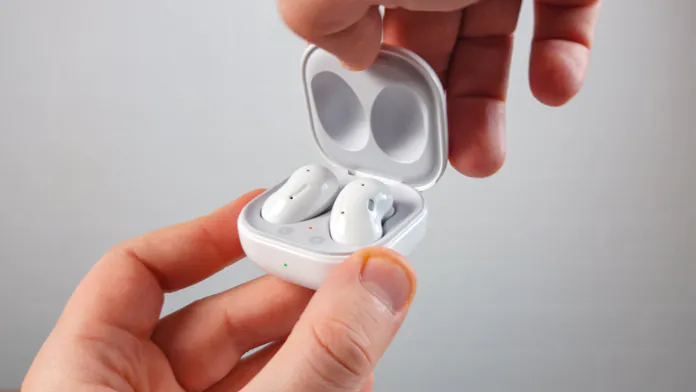
The table turned out to be quite wide and does not fit into the page, so I attach the screenshot (at the end of the article there’s a link to the interactive version of the file):

The summary table with final scores for each TWS model:
Mobile apps
An important feature of almost all models on my list is support for mobile apps for setting parameters and updating firmware.
In fact, only the Sony model lacks a smartphone app. Therefore, it receives only 3 points; yet you can adjust the parameters through the Bluetooth settings of the smartphone. The rest of the ratings are below, details in the reviews.
Comparisons verdict
The rating
Let’s summarize. There was no intrigue and the absolute winner turned out to be Huawei FreeBuds Pro, the most spec’d out and expensive model from the list.

And then, with the minimal points difference, is the new Samsung Galaxy Buds Pro. The older Samsung Galaxy Buds+ look quite decent as well, despite the absence of bone sensors and ANC.
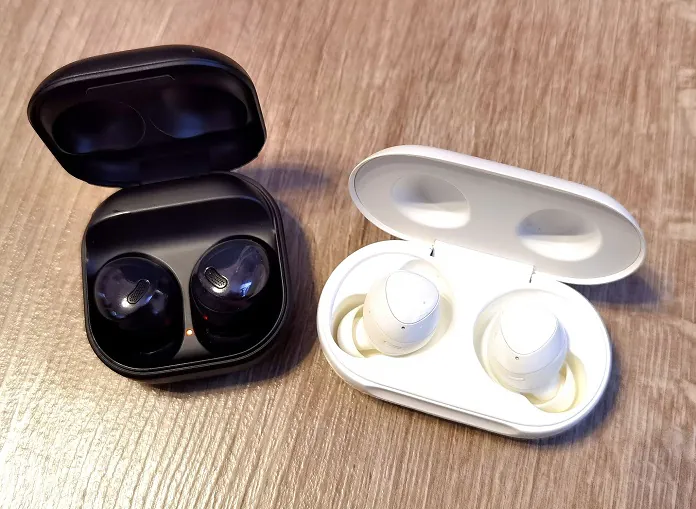
See for yourself all the results in the table below:
| Model | Total points | Price $ | Factor cost |
| Huawei FreeBuds Pro | 136 | 214 | 1,57 |
| Samsung Galaxy Buds Pro | 131 | 196 | 1,50 |
| Samsung Galaxy Buds+ | 130 | 142 | 1,09 |
| Samsung Galaxy Buds Live | 124 | 160 | 1,30 |
| Huawei FreeBuds 3 | 114 | 178 | 1,58 |
| Tronsmart Apollo Bold | 112 | 89 | 0,79 |
| Panasonic RZ-S500W | 111 | 107 | 0,96 |
| Panasonic RZ-S300W | 108 | 70 | 0,65 |
| Huawei FreeBuds 3i | 104 | 82 | 0,79 |
| Realme Buds Air Pro | 102 | 72 | 0,71 |
| Sony WF-XB700 | 92 | 89 | 0,97 |
Bargain buy
This rating shows the value of one point in a given comparison. It indicates the profitability of a particular model. And here, as you can see, not everything is simple. The higher the score, the more packed the headset is. And at the same time, the less you pay for the specs, the more competitive advantages the headset has for a lower price, and hence the higher consumer appeal.

But if you want to get the TWS with maximum specs, you have to fork out. Just define an acceptable budget for yourself and decide then.

And of course it is worth deciding which parameters you critically need, and which can be neglected. The previous ratings by category will help you with this.
| Model | Total points | Price $ | Factor cost of a point |
| Panasonic RZ-S300W | 108 | 70 | 0,65 |
| Realme Buds Air Pro | 102 | 72 | 0,71 |
| Huawei FreeBuds 3i | 104 | 82 | 0,79 |
| Tronsmart Apollo Bold | 112 | 89 | 0,79 |
| Panasonic RZ-S500W | 111 | 107 | 0,96 |
| Sony WF-XB700 | 92 | 89 | 0,97 |
| Samsung Galaxy Buds+ | 130 | 142 | 1,09 |
| Samsung Galaxy Buds Live | 124 | 160 | 1,29 |
| Samsung Galaxy Buds Pro | 131 | 196 | 1,50 |
| Huawei FreeBuds 3 | 114 | 178 | 1,56 |
| Huawei FreeBuds Pro | 136 | 214 | 1,57 |
You can create a copy of the document in Google Sheets and play around with the points yourself if you don’t agree with my ratings. Good luck and feel free to express your opinion in the comments! This is an experimental article and I may be releasing articles like this on a regular basis including the new TWS models. In addition, the methodology can be extended, supplemented and applied to other types of devices. We are interested in your opinion.
Prices
Poll
Traditionally, you can vote for the best model from our rating. If your option is missing, select the appropriate item and name the model in the comments, tell us why it is good and why it should have been mentioned. Thanks!
Optimal TWS headset for early 2021:
- Samsung Galaxy Buds Pro (20%, 101 votes)
- Huawei FreeBuds Pro (17%, 84 votes)
- Tronsmart Apollo Bold (14%, 69 votes)
- Your own version (in the comments) (10%, 50 votes)
- Samsung Galaxy Buds+ (8%, 43 votes)
- Samsung Galaxy Buds Live (7%, 36 votes)
- Sony WF-XB700 (7%, 35 votes)
- Huawei FreeBuds 3i (5%, 23 votes)
- Realme Buds Air Pro (4%, 22 votes)
- Huawei FreeBuds 3 (4%, 21 votes)
- Panasonic RZ-S500W (3%, 16 votes)
- Panasonic RZ-S300W (2%, 8 votes)
Total votes: 508
Subscribe to our accounts:




